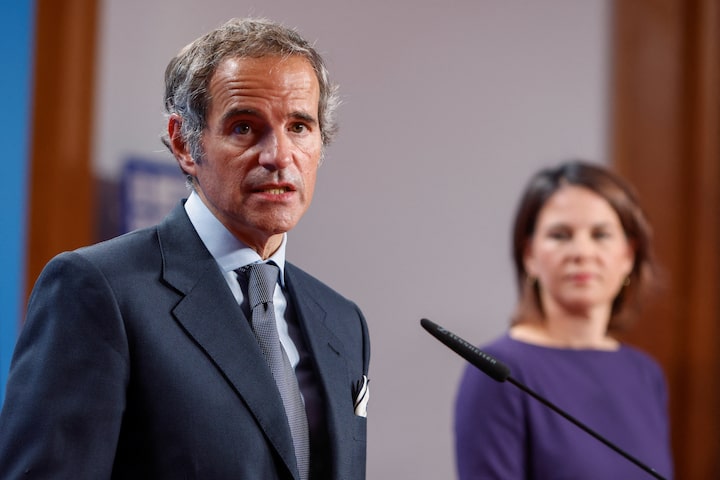The United States finds itself perched precariously on the brink of a financial abyss, and this isn’t solely attributable to the pandemic, political tumult, or economic gyrations. No, it is a covert bubble that has stealthily expanded over the years, menacing the fiscal security and prospects of countless Americans. What I’m referring to is the student loan crisis, and let me be unequivocal – it is a bubble poised to detonate.
As of my last knowledge update back in January 2022, the outstanding student loan debt in the U.S. was an eye-popping monstrosity, surpassing a staggering $1.6 trillion. This is a figure that should make your jaw drop, and it displays no intention of tapering off. Quite the opposite, it is spiralling upwards at an alarming pace. If this doesn’t send shivers down your spine about the destiny of our nation and the financial welfare of its people, I don’t know what will.
Let us analyse the unsustainable core of this spiralling disaster first and foremost. In the US, the price of a college education has been skyrocketing for some time now. Data from the College Board indicates that in the 2020–2021 academic year, the average annual tuition and fees at a public four-year in-state college were more than $10,000, but at private colleges, the amount soared to an astounding $36,000. A rising number of students and their families are becoming entangled in the web of student loans as a result of this unrelenting escalation, which has routinely surpassed income growth and inflation.

Unfortunately, the government’s unintentional intervention in the student loan market has fuelled this fire even further. Because federal loans appear to be a lifeline for many aspirant college students, institutions have no motivation to control their spending. What is the result? Universities have gone on an extravagant spending binge, building lavish buildings, expanding their administrative departments and filling their budgets, all while leaving students footing the price.
Moreover, the current student loan system is inherently flawed. Student loans are not dischargeable through bankruptcy, which means that even those who face financial ruin are stuck with their debt. This creates a grim spectre of lifelong debt servitude. The grim reality is that many graduates will be paying off their student loans well into their 40s, if not longer, delaying life milestones like homeownership, starting a family, and saving for retirement.
Furthermore, the U.S. economy is at risk of a systemic collapse due to the magnitude of the outstanding student loan debt. This bubble affects people of all ages and is not just confined to new grads. This debt trap traps many people, including older people pursuing second professions and parents who took out loans to pay for their children’s education. Millions of Americans are less able to invest, spend, and support the economy as a whole when they are heavily indebted on their student loans. It is an expensive hindrance to economic growth.
The student loan crisis is a social justice problem in addition to a financial maze. Students of colour and those with low incomes are disproportionately impacted. Frequently, they wind up with more debt and less funds to pay it off. This exacerbates already-existing inequalities in our society by maintaining economic disparity and impeding social mobility.

So, what can be done? The solution is not simple, but we need to address this crisis head-on. It is time for a comprehensive reform of the student loan system. We should explore alternatives to the current system, such as income-based repayment plans, lower interest rates, and even debt forgiveness for those who are genuinely struggling. We must also incentivise colleges to control costs and invest in meaningful, attainable solutions.
The student loan crisis is a ticking time bomb, and is ready to burst. The ever-increasing debt burden on Americans, the unsustainable cost of higher education, and the long-term economic and social consequences should be of utmost concern to us all. It is time for a serious reckoning, not only in terms of policy changes but in our collective mind-set about higher education and its cost. If we don’t act decisively and soon, we may be witnessing the implosion of not just a financial bubble, but the hopes and dreams of countless individuals striving for a brighter future through education.
Sources
- https://pressbooks.umn.edu/awareness/chapter/the-student-debt-bubble-is-it-about-to-burst-by-eric-dalius/
- https://www.worldfinance.com/strategy/government-policy/the-student-loan-bubble-is-threatening-to-burst
- https://amp.cnn.com/cnn/2023/02/27/politics/us-student-loan-debt-timeline/index.html
- https://www.investopedia.com/financial-edge/0212/is-student-loan-debt-the-next-financial-crisis.aspx
- https://www.cnbc.com/amp/2020/06/12/how-student-debt-became-a-1point6-trillion-crisis.html




